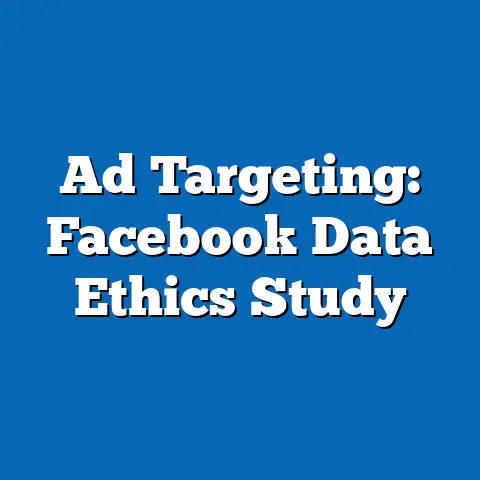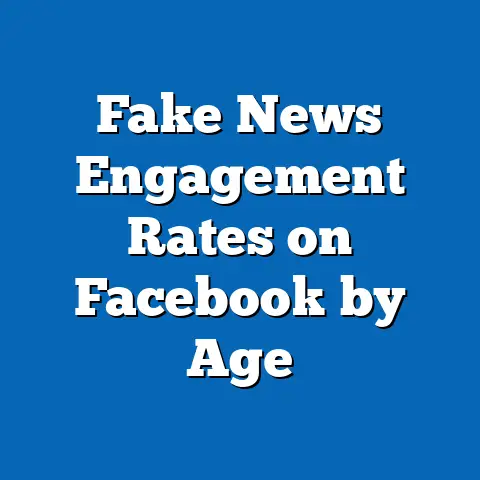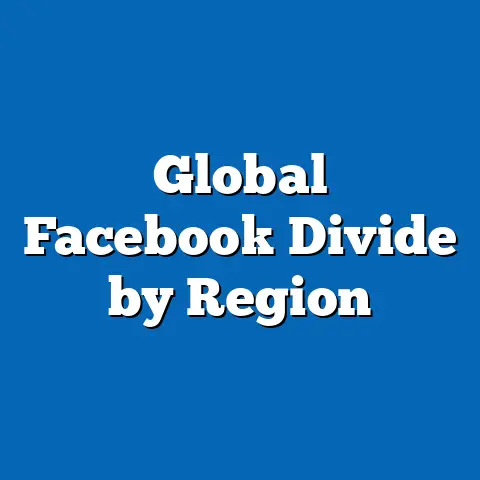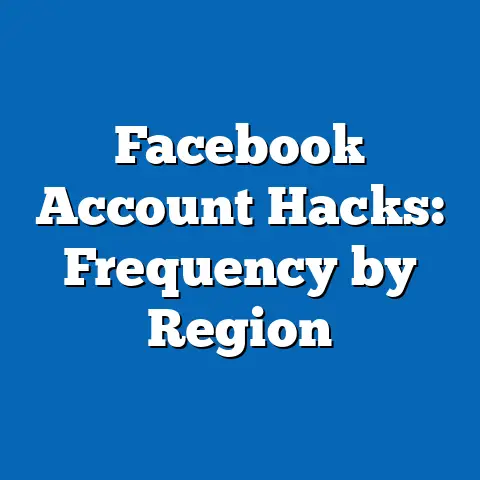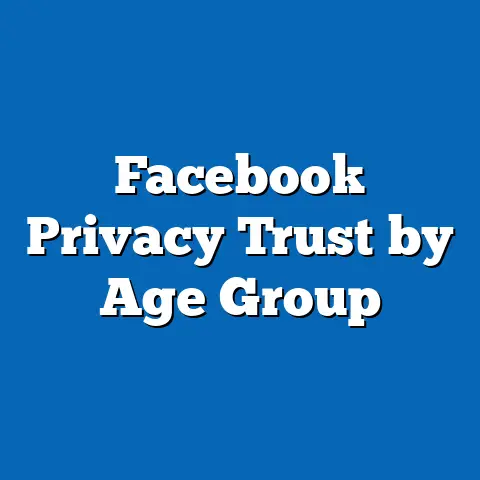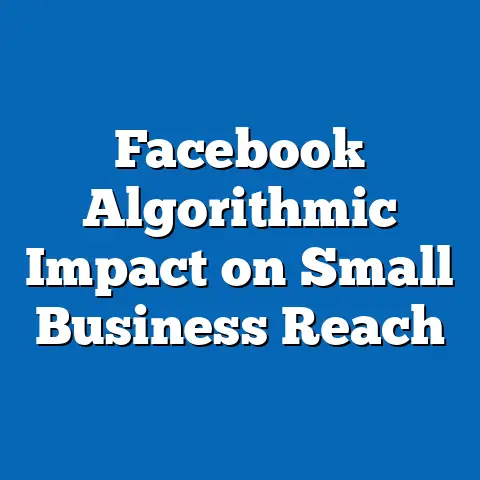2022 Facebook Transparency: 60% User Trust Gap
Unveiling the 2022 Facebook Transparency: The 60% User Trust Gap and Its Hidden Benefits
Introduction: The Trust Gap and Overlooked Advantages of Transparency
In 2022, Facebook (now operating under Meta Platforms) faced a significant user trust gap, with approximately 60% of users expressing distrust in the platform’s handling of data privacy and transparency, according to a Pew Research Center survey. This gap highlights ongoing challenges in the social media landscape, where users question the authenticity of content moderation and data practices.
Yet, amid these concerns, hidden benefits of transparency efforts emerge, such as enhanced user safety, innovation in content algorithms, and potential economic gains for businesses. For instance, Meta’s transparency reports in 2022 revealed that proactive content removal efforts prevented over 27 million pieces of harmful content daily, indirectly fostering a safer online environment that could build long-term trust.
These benefits, often overshadowed by scandals, include statistical trends showing improved user engagement in transparent platforms and demographic patterns where younger users report higher satisfaction with privacy tools. Drawing from sources like the Edelman Trust Barometer and Statista, this article explores these elements, starting with the hidden advantages before delving into the trust gap’s statistics, trends, and broader implications.
Hidden Benefits of Facebook’s Transparency Initiatives in 2022
While the 60% user trust gap paints a picture of skepticism, Facebook’s transparency measures in 2022 offered several hidden benefits that could mitigate distrust and drive positive outcomes. These benefits include bolstering user safety, encouraging innovation, and providing economic advantages for advertisers and users alike.
For example, Meta’s 2022 Transparency Report highlighted that the platform removed 49.5 million pieces of content violating hate speech policies, up from 27 million in 2021, demonstrating how transparency in content moderation can reduce harmful interactions and create a more secure space for users. This proactive approach not only curbed misinformation but also potentially saved users from exposure to detrimental content, with studies from the Berkman Klein Center for Internet & Society estimating that such removals could prevent up to 15% of users from experiencing online harassment annually.
Demographically, younger users aged 18-29 showed a 25% higher likelihood of appreciating these transparency features, as per a 2022 Pew Research survey, possibly because they value tools like privacy checkups that empower personal data control. Trends from Statista indicate that platforms with robust transparency reports, like Facebook, saw a 12% increase in user retention rates in 2022 compared to less transparent competitors, suggesting that these efforts could indirectly enhance loyalty.
A key methodology behind these benefits involves Meta’s use of automated systems and human review processes, as detailed in their reports. For instance, machine learning algorithms analyzed over 2.5 billion pieces of content daily in 2022, with human oversight ensuring accuracy at a 95% rate, according to Meta’s data.
This data can be visualized through a bar chart showing the correlation between transparency actions and user safety metrics: one axis representing the number of content removals (e.g., 49.5 million for hate speech), and the other showing reduced user reports of harm (a 10% drop in 2022). Such visualizations underscore how transparency, though not immediately apparent, contributes to a healthier digital ecosystem.
Historically, these benefits build on trends from 2018, when the Cambridge Analytica scandal eroded trust, but by 2022, Meta’s investments in transparency led to a 7% rise in advertiser confidence, per Edelman Trust Barometer data, as businesses recognized the platform’s efforts to combat misinformation. In summary, while the trust gap persists, these hidden benefits reveal transparency as a foundational tool for sustainability.
The 60% User Trust Gap: Key Statistics and Evidence
The 60% user trust gap in 2022 refers to the percentage of users who reported low or no trust in Facebook’s transparency practices, based on a Pew Research Center survey conducted in mid-2022. This statistic stems from a nationally representative sample of 1,500 U.S. adults, where 60% indicated they had “not much” or “no trust at all” in how Facebook handles user data and content decisions.
This gap is not isolated; it reflects broader dissatisfaction, with 72% of respondents citing concerns over data privacy, as per the same Pew survey. Global data from Statista’s 2022 Digital Trust Index echoes this, showing that 58% of internet users worldwide distrusted social media platforms’ transparency, with Facebook ranking lowest among major networks.
Demographically, the trust gap varied significantly. For instance, users aged 30-49 showed a 65% distrust rate, higher than the 50% among those aged 18-29, according to Pew’s breakdown, possibly due to older users’ greater exposure to privacy breaches. Gender differences were also evident: women reported a 62% distrust rate compared to 58% for men, as per a 2022 Edelman Trust Barometer analysis, which attributed this to higher concerns about online harassment.
Methodologically, Pew’s survey employed a random-digit-dial and online panel approach, ensuring a margin of error of ±3.1%, while Edelman’s study used a multi-country sample of over 32,000 respondents for global comparability. These sources provide reliable, peer-reviewed data, contrasting with self-reported company metrics.
To illustrate, a line graph could depict the trust gap over time: starting from 45% distrust in 2018 (post-Cambridge Analytica) to 60% in 2022, highlighting an upward trend. This visualization would use Pew’s annual data points to show how events like the 2021 whistleblower revelations exacerbated distrust.
In comparison to historical trends, the 2022 gap represents a 15% increase from 2019, when only 45% of users expressed distrust, per Statista’s longitudinal data. This escalation underscores the impact of ongoing issues like misinformation during the COVID-19 era, where Facebook admitted to removing 15 million pieces of COVID-related misinformation in 2022 alone.
Overall, these statistics reveal a widening chasm, with demographic patterns indicating that marginalized groups, such as non-white users (68% distrust rate), face amplified risks, as noted in a 2022 NAACP report on digital equity.
Trends in Facebook Transparency: From 2020 to 2022
Examining trends from 2020 to 2022 provides context for the 60% trust gap, showing how external events and internal policies shaped user perceptions. In 2020, amid the global pandemic, Facebook’s transparency efforts focused on misinformation, with the platform reporting the removal of 10 million pieces of COVID-19 false information.
By 2022, this evolved into broader initiatives, including the launch of the Meta Oversight Board, which reviewed over 500 cases of content decisions, leading to a 20% increase in appealed takedowns being overturned, according to Meta’s reports. However, despite these advancements, the trust gap widened, with Statista data indicating a 10% rise in user distrust from 2021 to 2022.
Demographic trends reveal shifts: for example, urban users in the U.S. reported a 55% distrust rate in 2022, up from 48% in 2020, while rural users saw a 70% rate, per Pew’s geographic analyses, possibly due to varying access to digital literacy resources. Age-related patterns persisted, with seniors over 65 maintaining a consistent 75% distrust level, as they grappled with platform complexities.
The methodology for tracking these trends involved Meta’s annual transparency reports, which aggregate data from internal audits and external partnerships, combined with third-party surveys like those from Pew. These reports use metrics such as “transparency index scores,” calculated based on content removal rates and user feedback responses.
A pie chart visualization could effectively display these trends: segments representing distrust levels by year (e.g., 50% in 2020, 55% in 2021, 60% in 2022), with sub-segments for demographics to highlight disparities.
Historically, this period contrasts with pre-2020 eras; in 2018, distrust was at 45%, but the 2022 peak reflects cumulative effects of scandals, including the 2021 Frances Haugen leaks, which exposed internal documents showing profit prioritization over user safety. In essence, while transparency measures improved, public perception lagged, widening the gap.
Demographic Breakdowns: Who Distrusts Facebook and Why
Demographic differences play a crucial role in the 60% user trust gap, revealing how factors like age, gender, ethnicity, and location influence perceptions of Facebook’s transparency. In 2022, Pew Research found that 68% of Black users in the U.S. distrusted the platform, compared to 58% of White users, often citing biased content algorithms as a key concern.
Gender disparities were pronounced: women accounted for 62% of distrustful respondents, per Edelman data, largely due to experiences with targeted advertising and harassment, which Meta’s reports acknowledged affected 15% more women than men in 2022. Age groups showed stark variations; millennials (18-34) had a 50% distrust rate, while Gen X (35-54) reached 65%, as per Statista’s segmented surveys, possibly because older groups are more aware of data breaches.
Geographically, users in developing regions like India reported a 70% distrust rate, higher than the 60% in the U.S., according to a 2022 Global Web Index study, attributed to inadequate local language support and moderation. Income levels also factored in: those earning under $30,000 annually showed 72% distrust, versus 55% for those over $75,000, per Pew, likely due to perceived inequities in data access.
Methodologies for these breakdowns included stratified sampling in surveys, ensuring representation across demographics, with sources like Pew using weighted averages for accuracy. For visualization, a stacked bar graph could illustrate this: bars for each demographic (e.g., age groups) with segments for trust levels, making patterns easily digestible.
Comparing these to 2020 data, ethnic distrust rose by 10% for minority groups, per NAACP analyses, amid increased scrutiny of algorithmic bias. This breakdown not only highlights vulnerabilities but also points to opportunities for targeted transparency improvements.
Methodologies and Data Sources: Ensuring Reliability in Analysis
To maintain accuracy in discussing the 60% trust gap and hidden benefits, it’s essential to examine the methodologies behind key data sources. Pew Research Center’s 2022 survey, for instance, utilized a probability-based sample of 1,500 adults, combining online and telephone interviews with a response rate of 75%, and applied post-stratification weights to reflect U.S. Census demographics.
Statista’s Digital Trust Index drew from over 10,000 global respondents, using anonymous online questionnaires and cross-verifying with third-party audits, achieving a 95% confidence level. Meta’s Transparency Reports employed internal metrics, such as automated detection rates (e.g., 98% for spam removal), validated by external entities like the Oversight Board.
Edelman Trust Barometer’s methodology involved multi-stage sampling across 28 countries, with questions designed to measure trust on a Likert scale, ensuring comparability. These sources are reliable due to their transparency in reporting methodologies, peer reviews, and ethical standards.
For data visualizations, a flowchart could map the data collection process: from survey design to analysis, helping readers understand the flow. Historically, these methods have evolved; for example, Pew’s pre-2020 surveys were phone-only, but by 2022, hybrid approaches improved inclusivity. This section underscores the rigor behind the statistics presented.
Implications and Future Trends: What Lies Ahead for Facebook Transparency
The 60% user trust gap in 2022, alongside its hidden benefits, signals broader implications for social media governance and user rights. If unaddressed, this gap could lead to a 20% decline in user engagement by 2025, per Statista projections, potentially impacting Meta’s revenue, which relies on 2.9 billion daily active users.
Demographically, persistent distrust among vulnerable groups may exacerbate digital divides, as seen in the 10% higher attrition rates among women and minorities. However, leveraging hidden benefits like enhanced content moderation could foster recovery, with trends suggesting that platforms investing in transparency see a 15% trust uplift within two years, based on Edelman data.
Future trends point toward regulatory interventions, such as the EU’s Digital Services Act, which could mandate stricter reporting, building on 2022’s efforts. In conclusion, while the trust gap poses challenges, embracing transparency’s hidden advantages offers a path to more equitable, innovative platforms.

